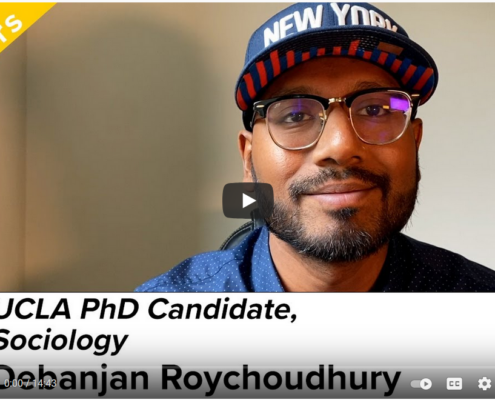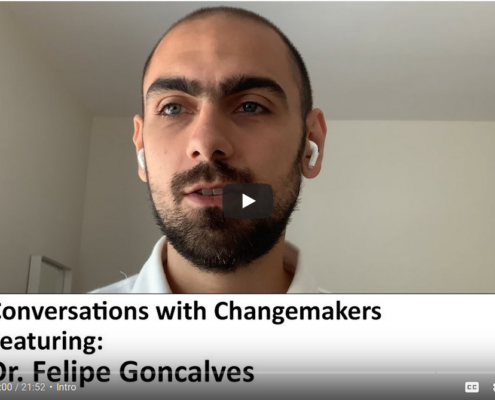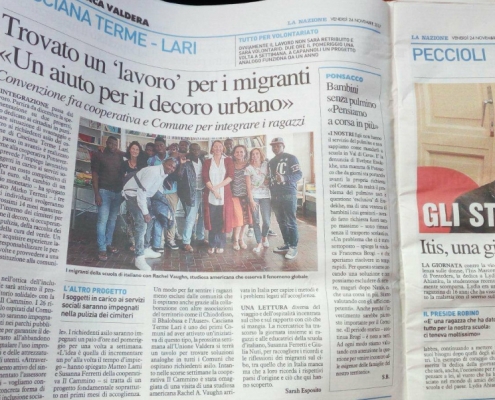Posts

LA Social Science Rising Scholars Series on Policing with PhD Candidate Debanjan Roychoudhury
UCLA Sociology PhD candidate Debanjan Roychoudhury discusses…

LA Social Science Presents “Conversations with Changemakers” Featuring Dr. Felipe Goncalves
UCLA Assistant Professor Felipe Goncalves in the Department…

Policing’s Role in Racial Segregation: 50 Years After the Fair Housing Act
By Rahim Kurwa Assistant Professor, University of Illinois…

‘Divieto dare da Mangiare’: Migrant Angst & Policing the Edible in Italy
By Dr. Rachel Vaughn Assistant Adjunct Professor in the UCLA…

